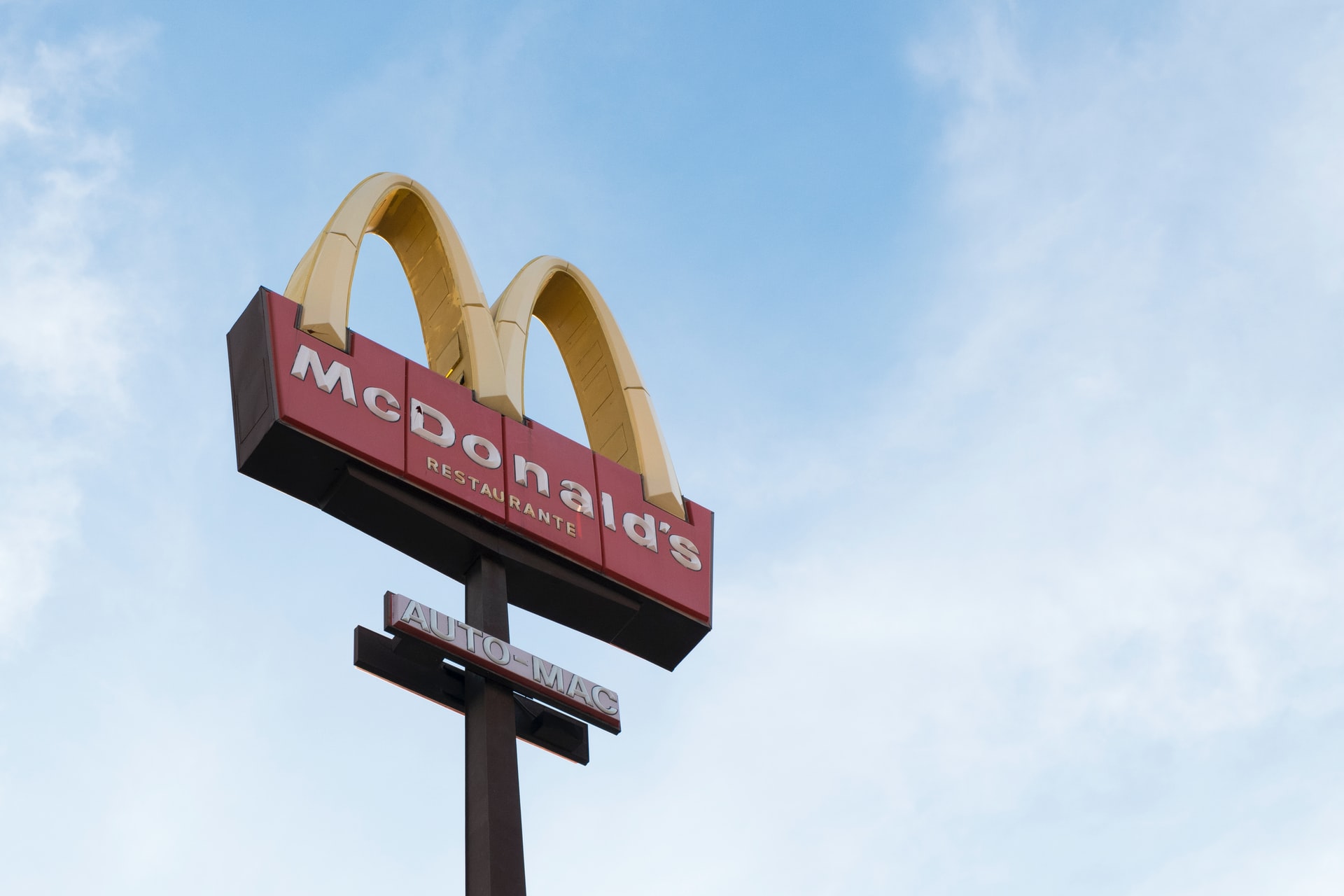
If you went to McDonald’s in September, chances are you encountered Travis Scott. The prolific rapper had the first celebrity meal partnership to be featured on the McDonald’s menu since Michael Jordan’s in 1992. The Cactus Jack meal, named after Scott’s record label, replicated his favorite childhood special-order. The partnership was wildly successful. In its first few weeks, McDonald’s saw many franchises completely run out of ingredients for the meal, forcing a logistical scramble to ensure it was still supported nationwide.
In the wake of this success, McDonald’s launched another celebrity-inspired meal with J Balvin in October. The Latin pop star has sold over 35 million records worldwide, making him a promising partner, but the deal hasn’t generated nearly as much hype as the Travis Scott partnership.
To understand the success or failure of these two partnerships, and of partnerships in general, you have to explore the context behind them, their authenticity, and how their fans interact with brands on a day-to-day basis.
What worked with Travis Scott?
The first thing to understand about the Travis Scott partnership is that it came from a place of authenticity. It was touted as a meal that he had ordered for years. To quote Scott as part of the official McDonald’s television commercial promoting the meal: “same order since back in Houston.” As of October 29th, the commercial has over 4 million views on YouTube.
Not only that, but his fans knew that he actually enjoyed and ate at McDonald’s long before the partnership was announced, as he hasn’t been shy about being a fan of the brand on social media. Scott was able to drive his fans to McDonald’s, in part, because they could imagine him actually ordering the meal himself.
But authenticity isn’t the only factor. You have to look at the profile of Travis Scott’s fans as well. While McDonald’s is still a $21 billion behemoth, its appeal to younger demographics has been waning and it is down from its highs of $28 billion in 2013. The partnership targeted younger audiences precisely for this reason, and Scott was the perfect spokesperson to bridge the mutual affinities between his younger fans and the brand.
While there wasn’t much buzz on social media before rumors of the partnership were leaked on August 11th, engagements between fans of Travis Scott and fans of McDonald’s as measured by our TrueAffinity Score began steadily rising in mid-August. The TrueAffinity score ranges from 0 – 10 and allows marketers to identify the interesting and actionable shared interests between fans of their brand and everything else a person likes across social media. The higher the score, the stronger the affinity. A score of 5 signals significant shared interest and 7 and above shows a strong shared affinity.
The below chart highlights that Scott’s fans were primed for the partnership. By the time of the official announcement, Scott’s TrueAffinity Score had jumped beyond 7, an important marker of significance, and it topped out at a whopping 9.52. This translated into real dollars, as McDonald’s reversed their Q2 decline in sales and actually reported a 4.6% increase in Q3 U.S. sales, partially attributable to the Scott partnership.

The fast follower effect of J Balvin
For as authentic as Travis Scott’s partnership has been perceived, J Balvin’s smacks of inauthenticity. The official McDonald’s announcement did claim that Balvin has frequently visited the restaurant while on tour, but his fans haven’t necessarily bought that he’s a true McDonald’s regular.
Many have interpreted the partnership as an attempt by McDonald’s to appeal to a more international audience, but that audience hasn’t been primed for the partnership in the same way that Scott’s was. Additionally, the meal itself isn’t as customized as Scott’s, making it seem like a random assortment of items that were already on the menu. The big mac without pickles left a reporter at the Chicago Tribune scratching his head. Meanwhile, the meal’s Oreo McFlurry has been problematic, as McDonald’s machines are notorious for how frequently they are out of commission.
By exploring Balvin’s TrueAffinity Score, it’s clear the promotion hasn’t resonated with his audience. With fewer shared affinities between his fans and fans of McDonald’s, the partnership was never going to move them in the same way that Scott’s did. In the end, the J Balvin partnership appears to be a fast follower trying to capture additional sales.
Why some partnerships work
Identifying the right partnership is an incredibly difficult task. Brands need to walk the somewhat tenuous line of appealing to new fans while not aiming at fans that are so different from their existing customer profile to be out of reach. Brands need to pay close attention to social media to see what their fans are engaging with and use this information to identify new opportunities and partnerships. This will help their partnerships seem more authentic and natural while appealing to audiences who are already likely to switch over if targeted correctly.
If done well, you can see the massive success of the McDonald’s Travis Scott partnership, and if done poorly, you might have fans complaining about how they didn’t get the Oreo McFlurry they were promised online.
Photo by Joiarib Morales Uc on Unsplash

Interested in hearing leading global brands discuss subjects like this in person?
Find out more about Digital Marketing World Forum (#DMWF) Europe, London, North America, and Singapore.






